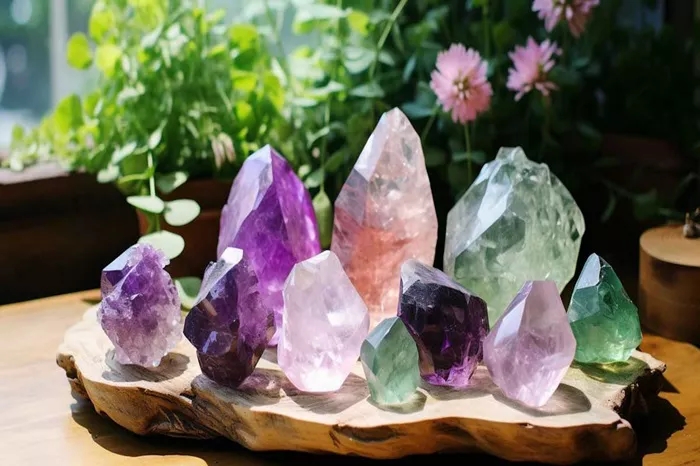Amethyst, one of the most popular varieties of quartz, is cherished for its stunning range of purples, from delicate lavenders to deep, velvety violet hues. Its color spectrum is influenced by trace elements, particularly iron, within the crystal structure, and exposure to natural radiation during its formation. The variations in hue and saturation result in amethysts that cater to a wide array of tastes. Below, we explore the three best colors of amethyst and why they are highly regarded.
What is “Best” in Amethyst Colors?
The term “best” is subjective when it comes to gemstones like amethyst. Preferences often vary based on cultural significance, market demand, and personal style. However, the most sought-after colors typically balance rarity, saturation, and aesthetic appeal. Whether you’re a collector, jewelry designer, or enthusiast, the best amethyst color for you might differ based on your unique tastes.
The Top Three Colors of Amethyst
Deep Purple/Siberian Amethyst
Description: Often considered the gold standard for amethyst, this color is characterized by its intensely saturated, rich purple tone. Some examples exhibit flashes of red or blue under light, enhancing their allure.
Why It’s Valued: The depth of color and even saturation make it highly desirable. Historically, the name “Siberian amethyst” originates from early discoveries in Siberia, though similar hues are now mined in Brazil, Sri Lanka, and Zambia.
Market Appeal: These gems are the most coveted due to their dramatic visual impact and timeless appeal.
Deep Violet-Purple (Uruguayan Amethyst)
Description: This hue leans toward a deep violet with distinct bluish undertones. Many stones from Uruguay have a vivid intensity that sets them apart from other sources.
Why It’s Valued: Its unique saturation and secondary hues make it particularly striking. Often, this color is associated with premium-quality amethyst, which commands higher prices.
Market Appeal: Collectors and jewelers prize this variation for its vibrant and luxurious appearance.
Rose of France Amethyst
Description: This lighter, pinkish-purple hue offers a softer alternative to the deeper tones of Siberian and Uruguayan amethyst. Often associated with elegance and femininity, it’s perfect for understated, romantic jewelry designs.
Why It’s Valued: Its pastel coloration and delicate appearance appeal to those seeking a distinctive, less traditional amethyst look. This variety is especially popular in vintage-inspired and minimalist jewelry styles.
Market Appeal: While not as dramatic as deeper purples, Rose of France amethysts have a unique charm that appeals to a specific audience.
Beyond the Top Three
While the above colors are the most popular, amethysts display a wide spectrum of hues, including:
Light Lavender: These soft, pale purples are perfect for subtle, everyday jewelry.
Color-Zoned Amethysts: Featuring distinct bands of light and dark purple, these stones offer a unique visual appeal but are less commonly sought after in high-end markets.
Factors Influencing Amethyst Value Beyond Color
Color is a key factor in determining the value of amethyst, but other considerations include:
Clarity: High-quality amethyst is eye-clean, with no visible inclusions.
Cut: A well-executed cut enhances the stone’s color and brilliance.
Size: Larger stones with vibrant, even coloring are especially rare and valuable.
Conclusion
Amethyst’s beauty lies in its diversity, and the “best” color ultimately depends on your personal preference. Deep purple tones like Siberian amethyst offer a classic and luxurious appeal, while lighter hues like Rose of France provide a softer, more romantic charm. Exploring these varieties in person or through high-quality images can help you find the hue that resonates with your style.
Whether you’re seeking a statement piece or a subtle accessory, amethyst offers a color and character for everyone.
Related topics:

